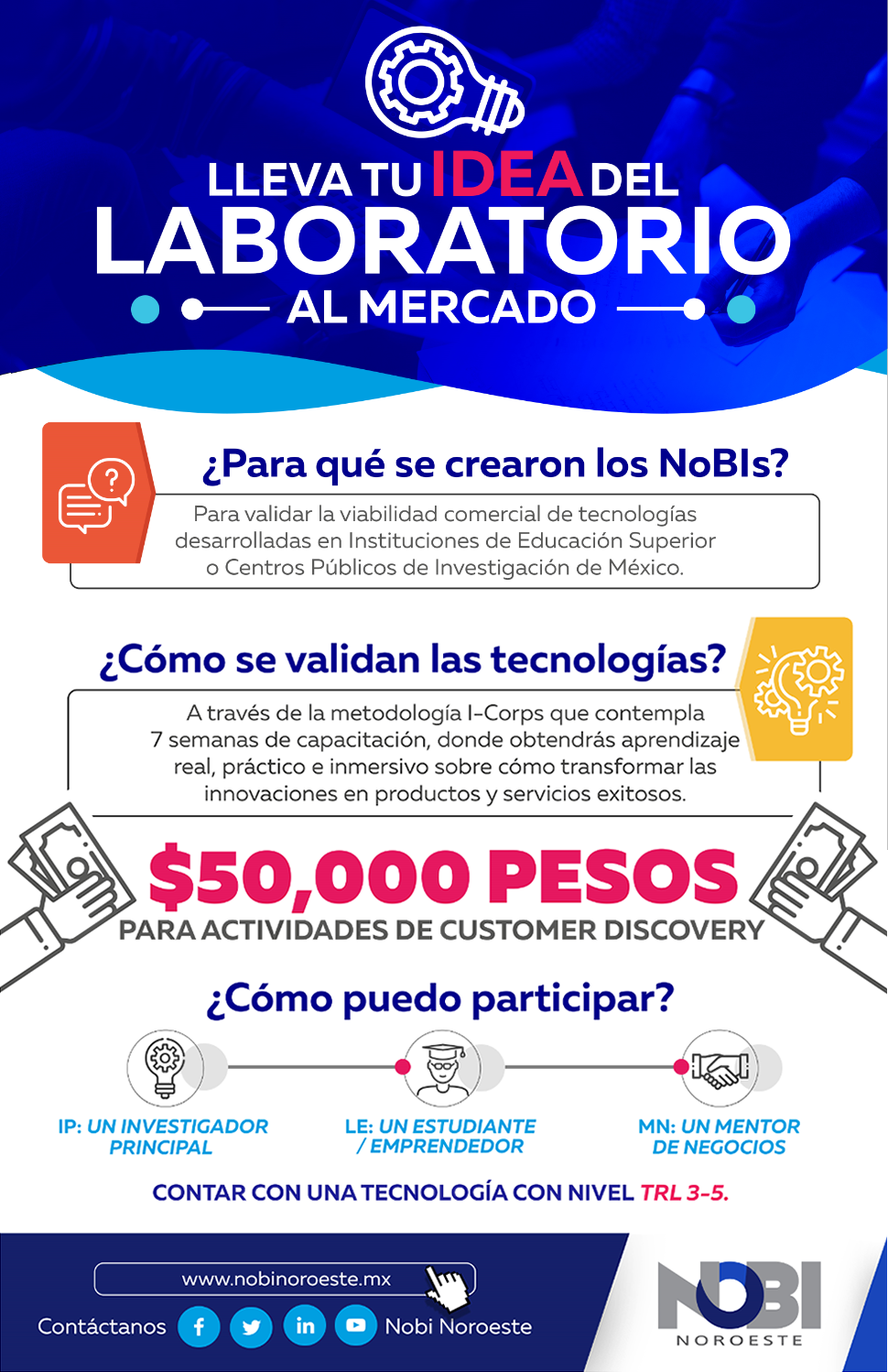Drones are unmanned aerial vehicles, this is, they fly without crew. These aircrafts can be controlled in two different ways: by themselves, with a computer on-board, or by means of a remote control that is manipulated by a human on ground.
This technology began at the early twentieth century, it is very useful in surveillance tasks, mapping, research, among others; although they can also be misused, either intentionally (spying, illegal drugs transportation, explosives…) or accidentally (they might damage public electrical grids, interfere operations…).
At the beginnings, unmanned aerial vehicles were used by air forces, some as flying target for training pilots, some for attacks. Now, given this technology’s growing rise, drones are used by militia because their cost is lower than military aircraft’s and these do not require to endanger one or more crew members. These drones are sent to conflict zones, controlled via satellite from military bases of the countries they belong to.
However, remote controlled aircrafts’ function diversifies more and more for benefit of the society. For example, one of the fields where drones could be of great use and make the difference is as rescue assistant: flying over a place affected by an earthquake, nuclear accident, hurricane on any natural disaster, bombing or other catastrophe, they could capture high-quality images or videos in order to help designing safer ground rescue missions.
Nowadays is made a good use of these device’s agility and efficiency, drones count on better tools for rescue than other equipment, in developing various prototypes for aid transport and detecting people in danger. In this sense, before the high number of persons drowning each year in the sea, Iranian RTS company created a drone of many rotors that contributes to save lives; aside from flying quickly into the sea oriented by a GPS, it transports and throws lifesavers; the prototype has been tested, reaching in 22 seconds a target 75 meters into the sea, while the human lifesaver did it in one minute.
There are developing countries where, when there is a raining season, the rural roads become impassable, which causes a big problem to transport food or medicine to the victims. In attention to the problem, Matternet was developed, a system that consists on a net to transport material; it has been tested on countries such as Haiti, Dominican Republic, Bhutan and Papua New Guinea; this autonomous drones could reach 10 kilometers without recharging and count with terrestrial stations to recharge their battery and prolong their flight.
The first unmanned aerial vehicle was the Aerial Target, invented on 1917 by Archibald M. Low. That first drone was launched from a truck using compressed air, but the technology has progressively improved and, almost 100 years after the first drone was designed, in 2010 the longest flight by one of these devices was made, it flew for 14 days and 22 minutes, breaking the world record of flight time; it is the Zephyr, a drone developed by the British company QinetiQ and powered by solar energy.
Google tested in 2015, the Project Titan, a solar drone prototype that also aids to complement existing internet devices with extra broadband, as well as to bring connectivity to the almost four billion people who still do not have access to the network and assist disaster areas through internet connection.
Also, in 2016 Mark Zuckerberg tested his Aquila, a prototype drone that is intended to be solar and which purpose is to bring internet to the more than seven billion people on Earth. The drone must fly for 90 consecutive days, providing high speed connectivity on a 50 kilometer range. The Facebook owner considers that doing it will help improve education, health and will give new opportunities for social mobility.
This industry has a lot of future and, unlike its initial applications, it is now being promoted that this technology be applied for charitable actions, on diverse areas like agriculture, journalism, parceling, fiscal control, border surveillance, fire control forestry, archeological, geological and biological research, manipulation of hazardous materials such as satellites, recreational purposes and even to deliver pizza. Hence the United Arab Emirates sponsor the Drones for Good contest, open to individuals, work teams or companies, which in order to compete must present a functional prototype which development is feasible in a maximum period of three years.
Written by Alfredo Careaga (Communication and Diffusion, PIT-UAS), translated by Belem Ruiz (Edition and Communication, PIT-UAS).
Bibliography: s. a. (2015), «DRONES. Cómo cambiará tu vida con los vuelos no tripulados», en la sección Transporte de la revista Cómo Funciona.
Guillermo Cárdenas Guzmán (2015), «DRONES. Ciencia al vuelo», en la revista ¿Cómo ves?



 Parque Científico Tecnológico, Universidad Autónoma de Sinaloa © 2015
Parque Científico Tecnológico, Universidad Autónoma de Sinaloa © 2015